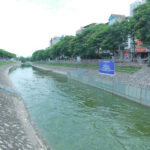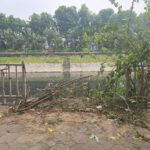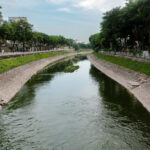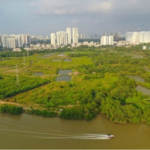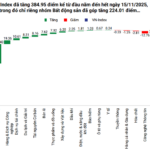Video: First Sluice Gate Operational, Treated Water from Yen Xa Plant Revitalizes To Lich River
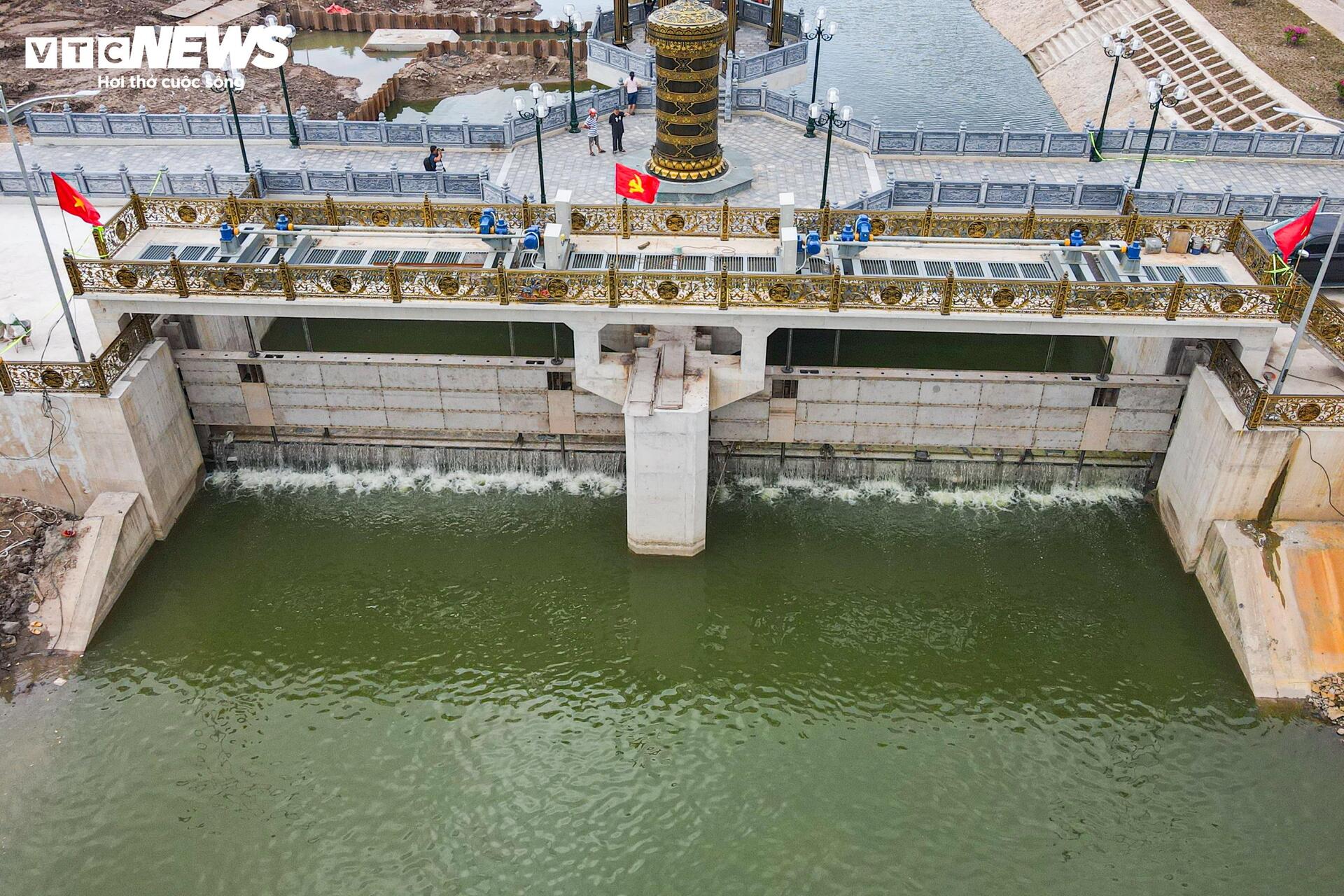
After over six months of construction, the Hanoi Infrastructure and Agriculture Project Management Board opened the sluice gate, allowing treated wastewater from the Yen Xa Plant to flow into the To Lich River.
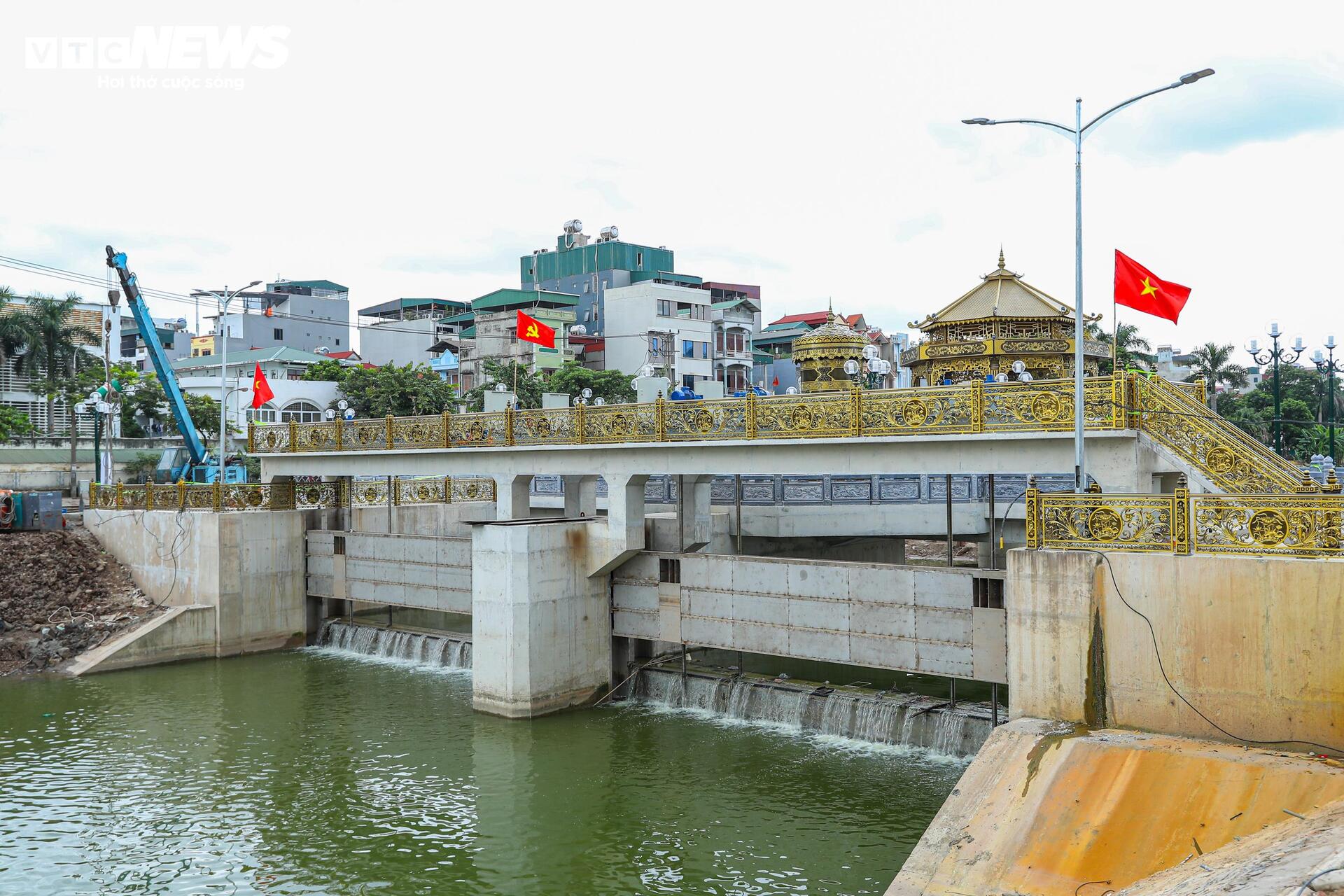
The first sluice gate on the river, located near Quang Bridge, has been activated to maintain the river’s water level.
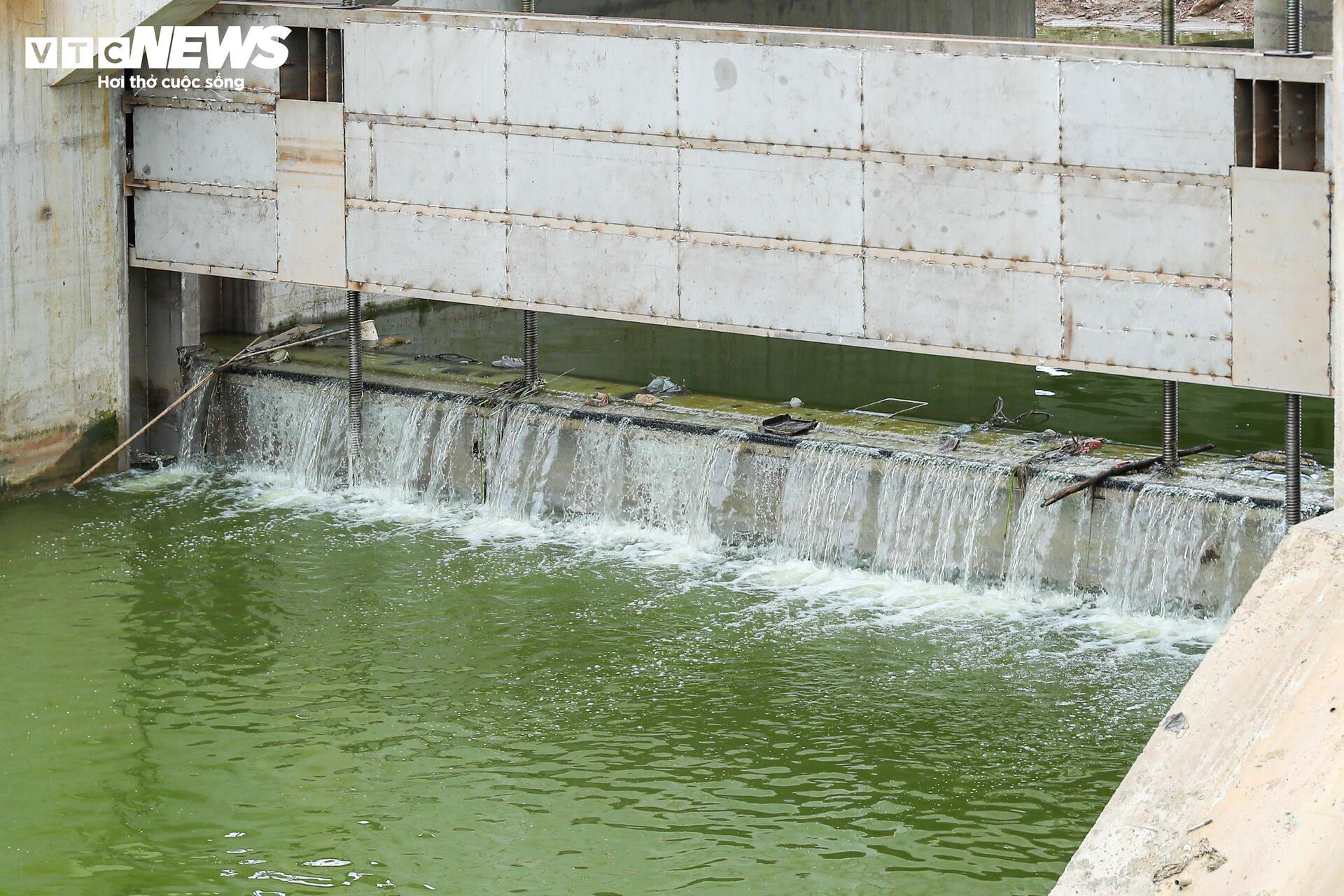
Treated wastewater from the Yen Xa Plant continues to flow through the sluice gate.
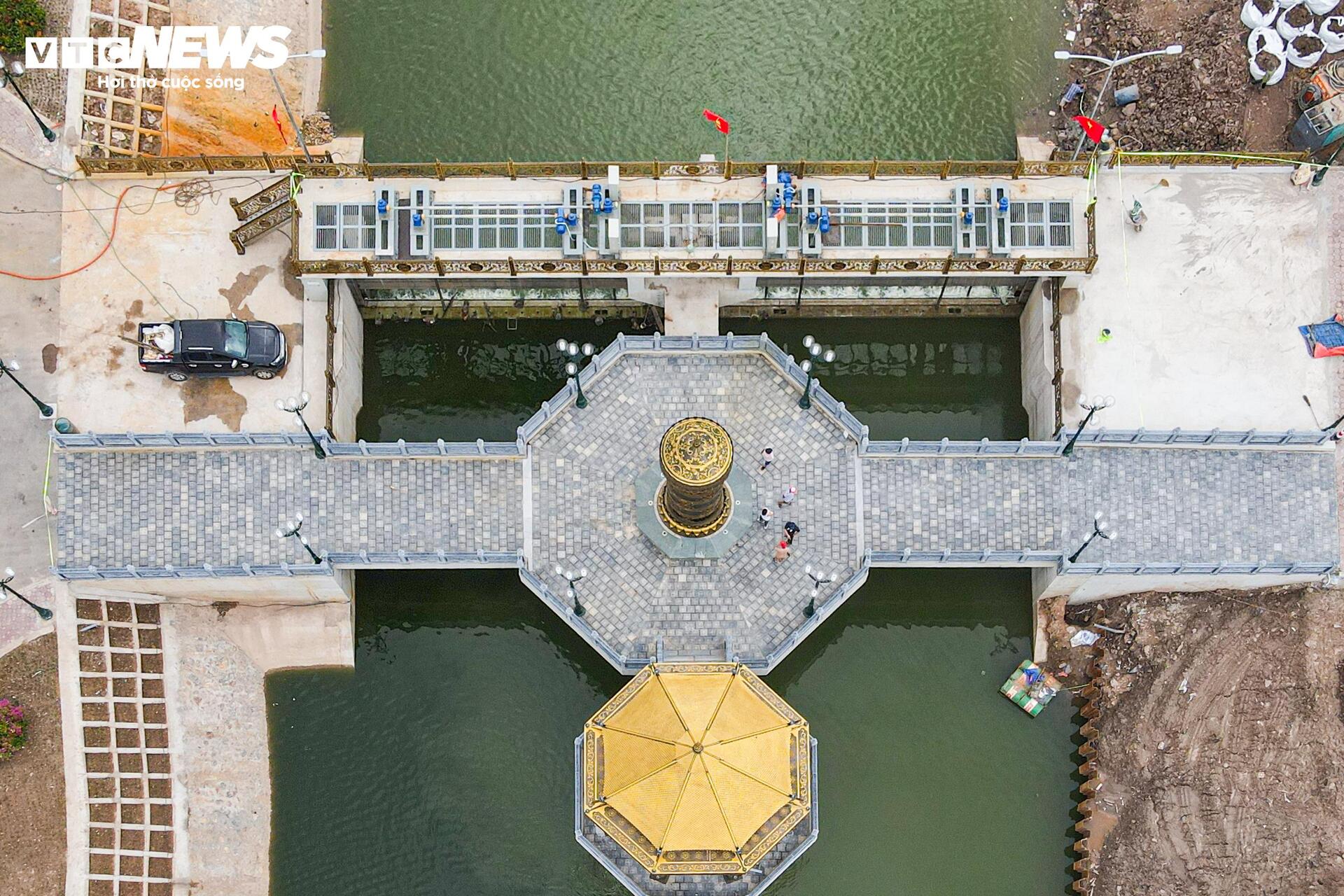
The sluice gate on the To Lich River acts as a “regulator,” both retaining water and adjusting the river’s water level.
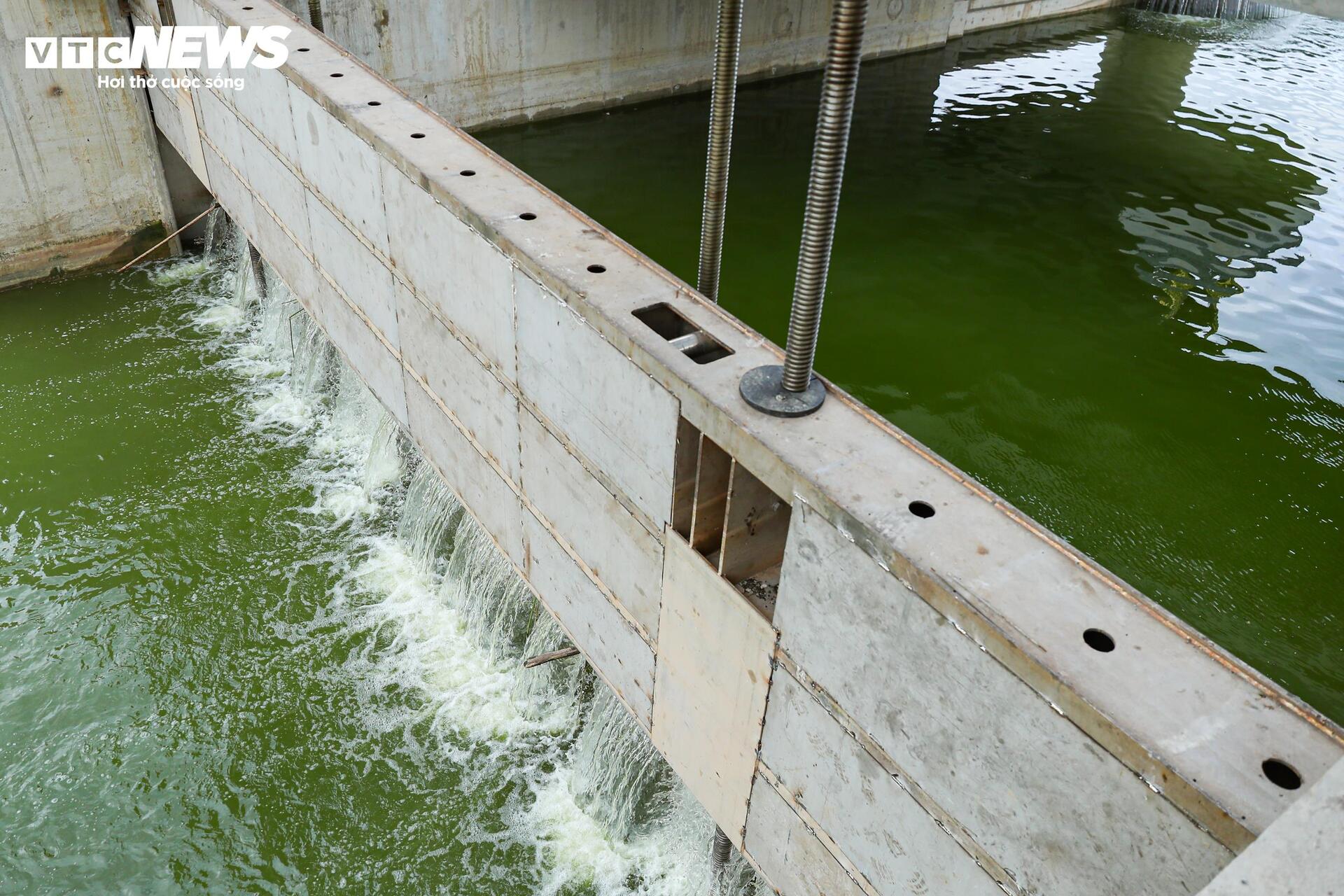
Especially during the winter and spring seasons, when water flow decreases, the gate retains some water to maintain the level and prevent drying up.
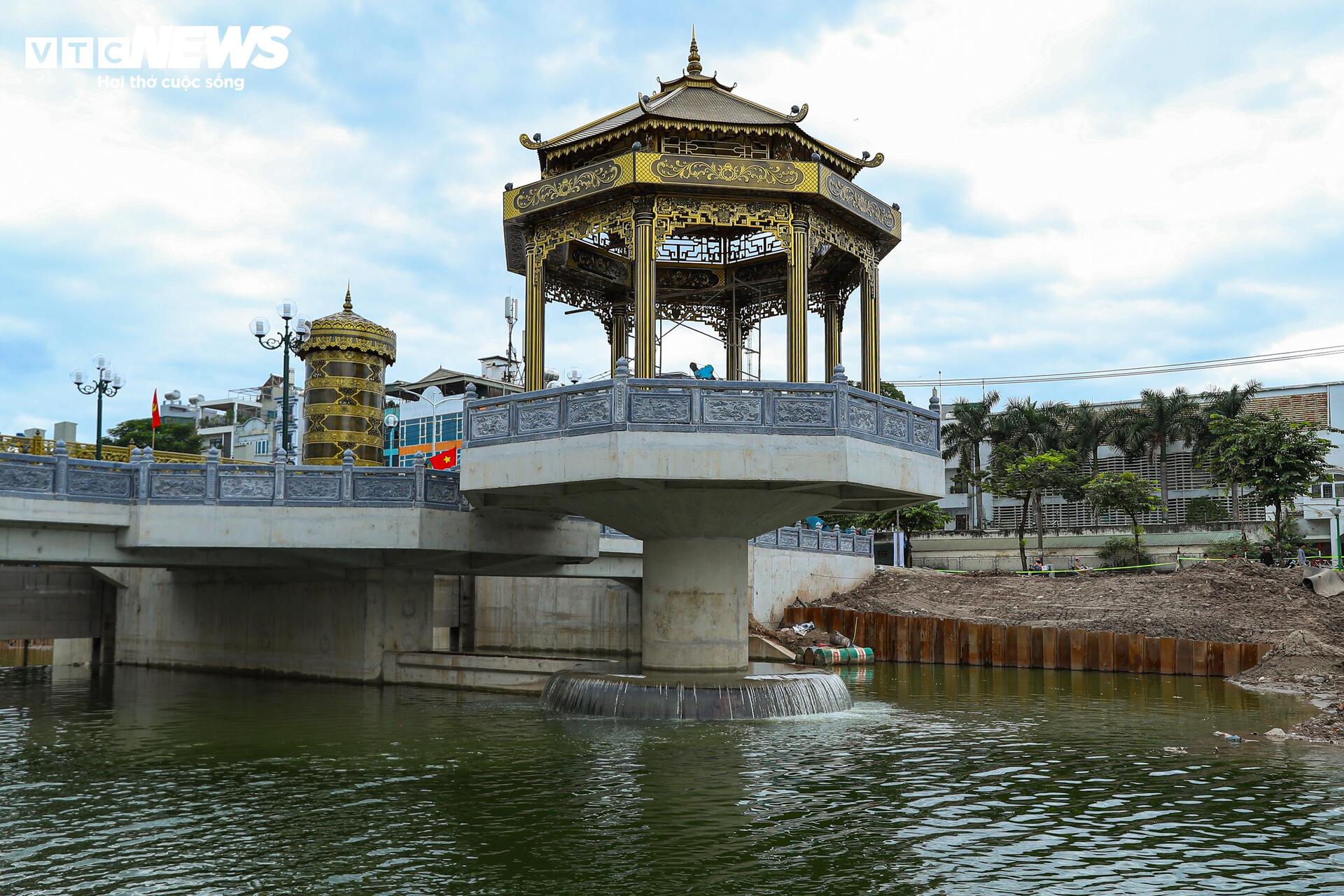
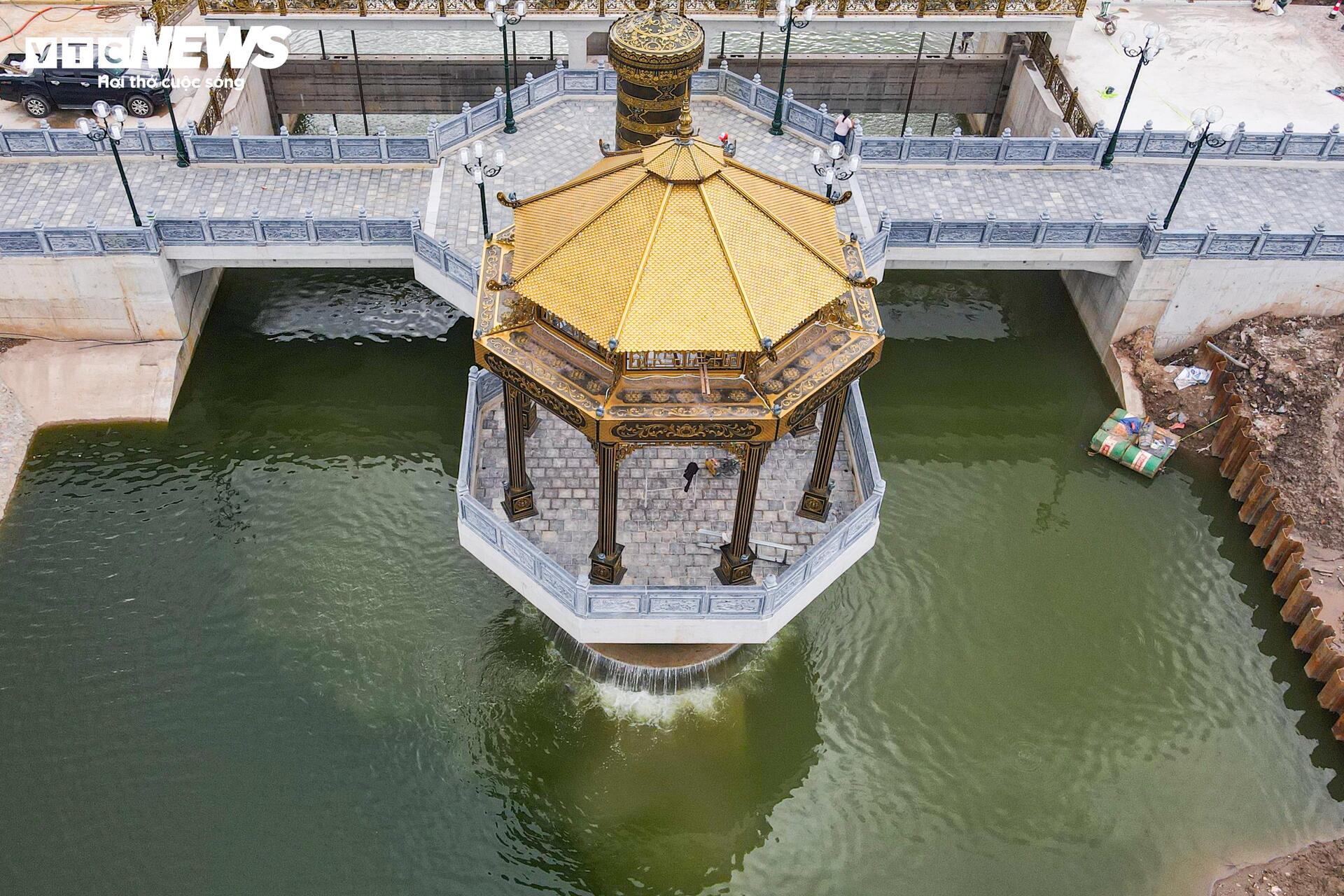
A highlight of the sluice gate is the octagonal yellow observation tower built in the center. The structure features eight concrete columns, a tiled roof, and golden decorative patterns, blending traditional and modern aesthetics. From here, residents can enjoy panoramic views of the riverbanks.
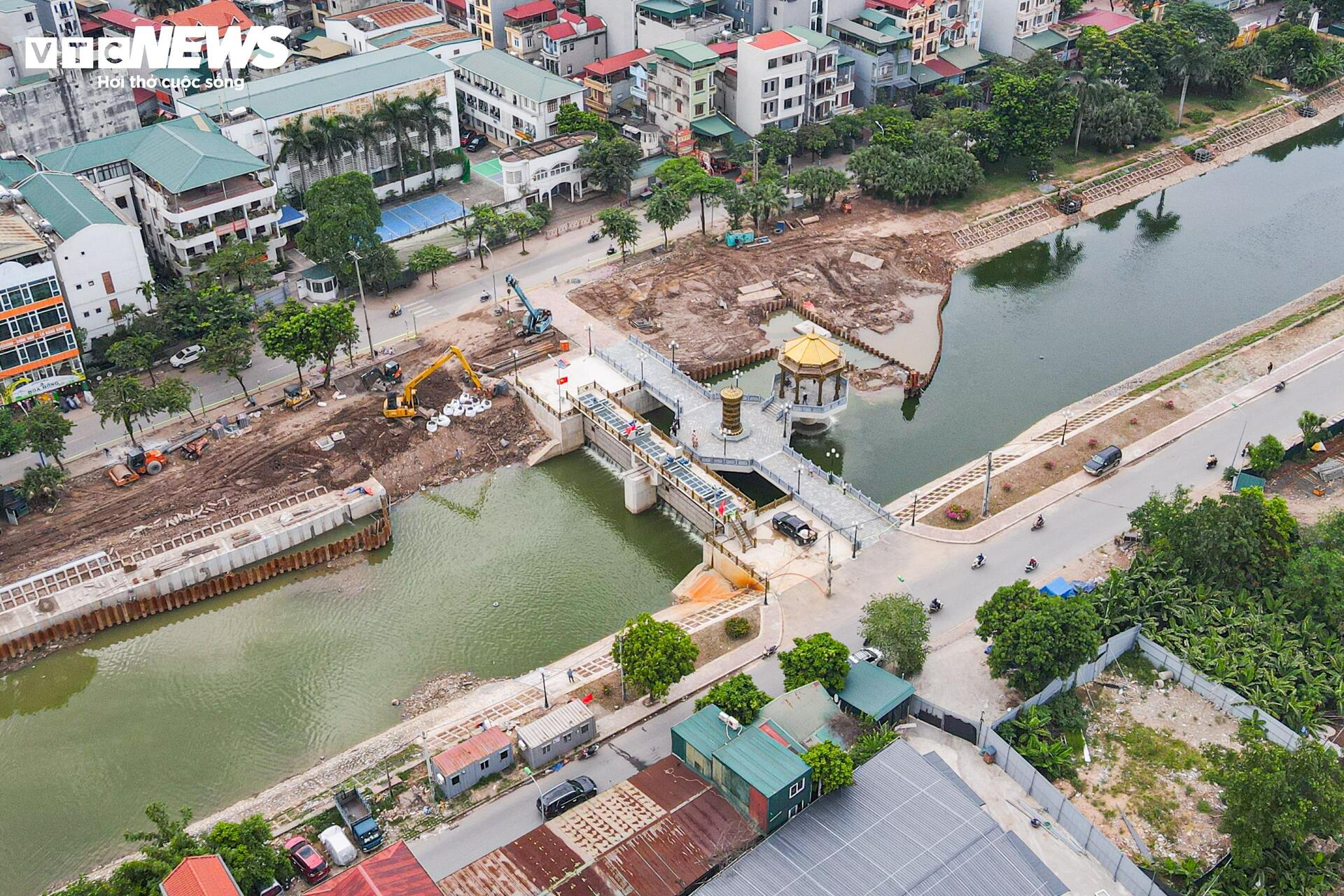
Mr. Nguyen Huy Hai, Deputy Director of the Yen Xa Project Management Board, stated that before releasing water, the Yen Xa Plant and inspection team reviewed all river components to ensure technical requirements. After treatment, wastewater is directed through pipes to the sluice gate and then into the To Lich River. Combined with the flap gate system, the project will stabilize water levels, ensure environmental hygiene, and enhance the river’s landscape.
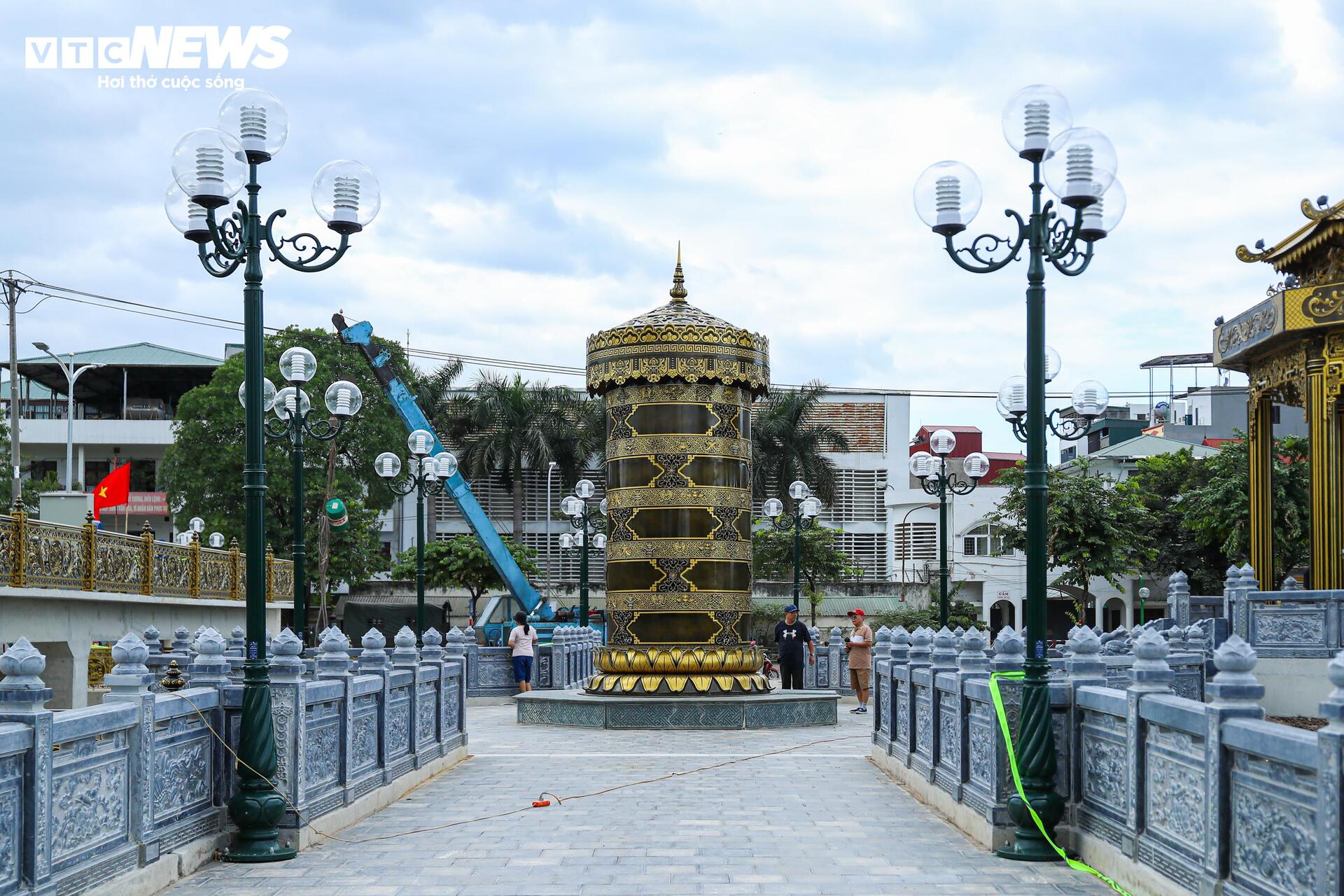
Since its commencement in February, the contractor has installed approximately 1.7 km of 2.5×2.5 m concrete box culverts to channel treated water from the Yen Xa Plant to the sluice gate, along with other auxiliary structures.
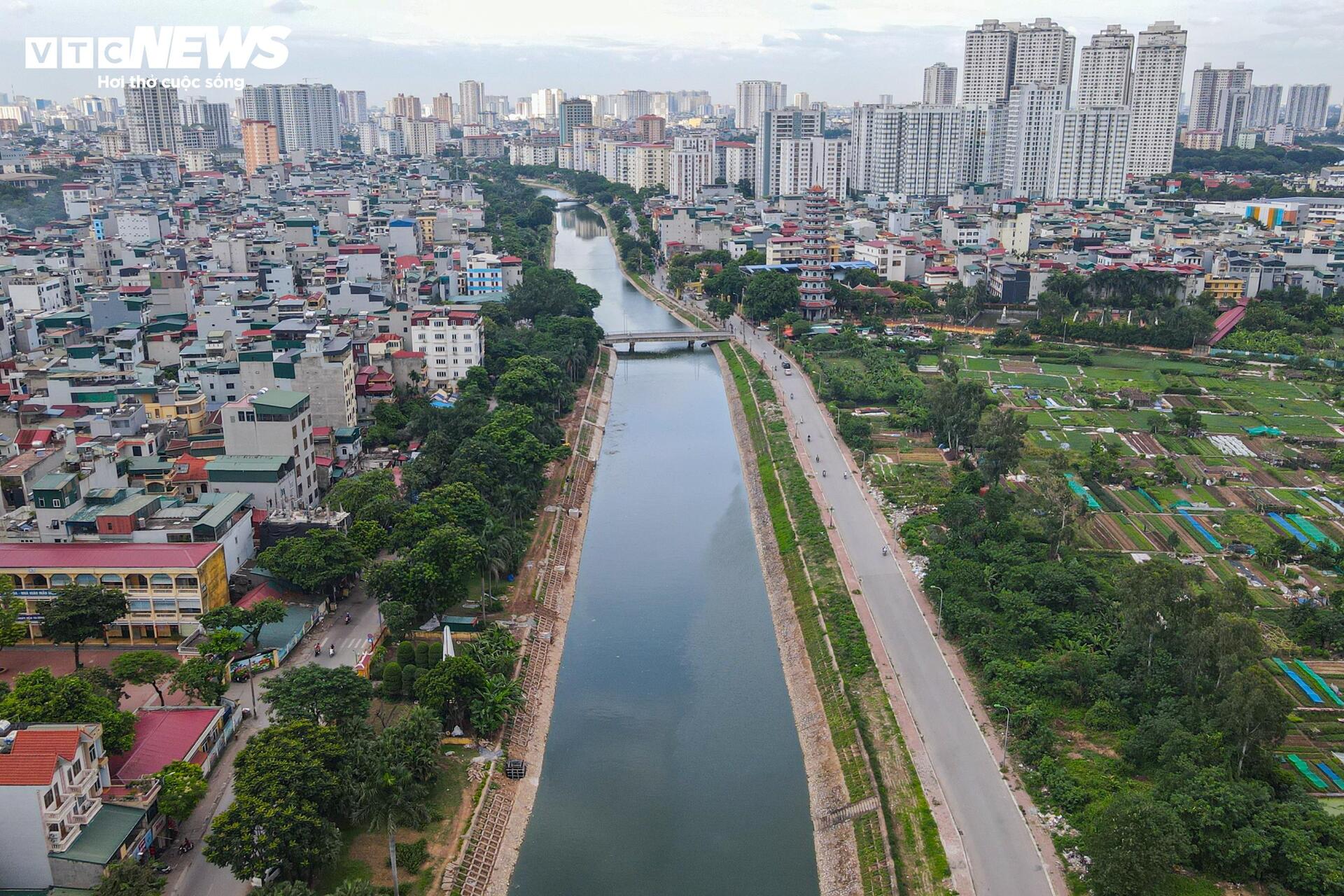
Previously, the contractor completed the collection of all 245 drainage outlets along the To Lich River, redirecting them to the Yen Xa Wastewater Treatment Plant. Currently, the plant operates at a capacity of 200,000 – 230,000 m³/day and night, treating all wastewater along the river.
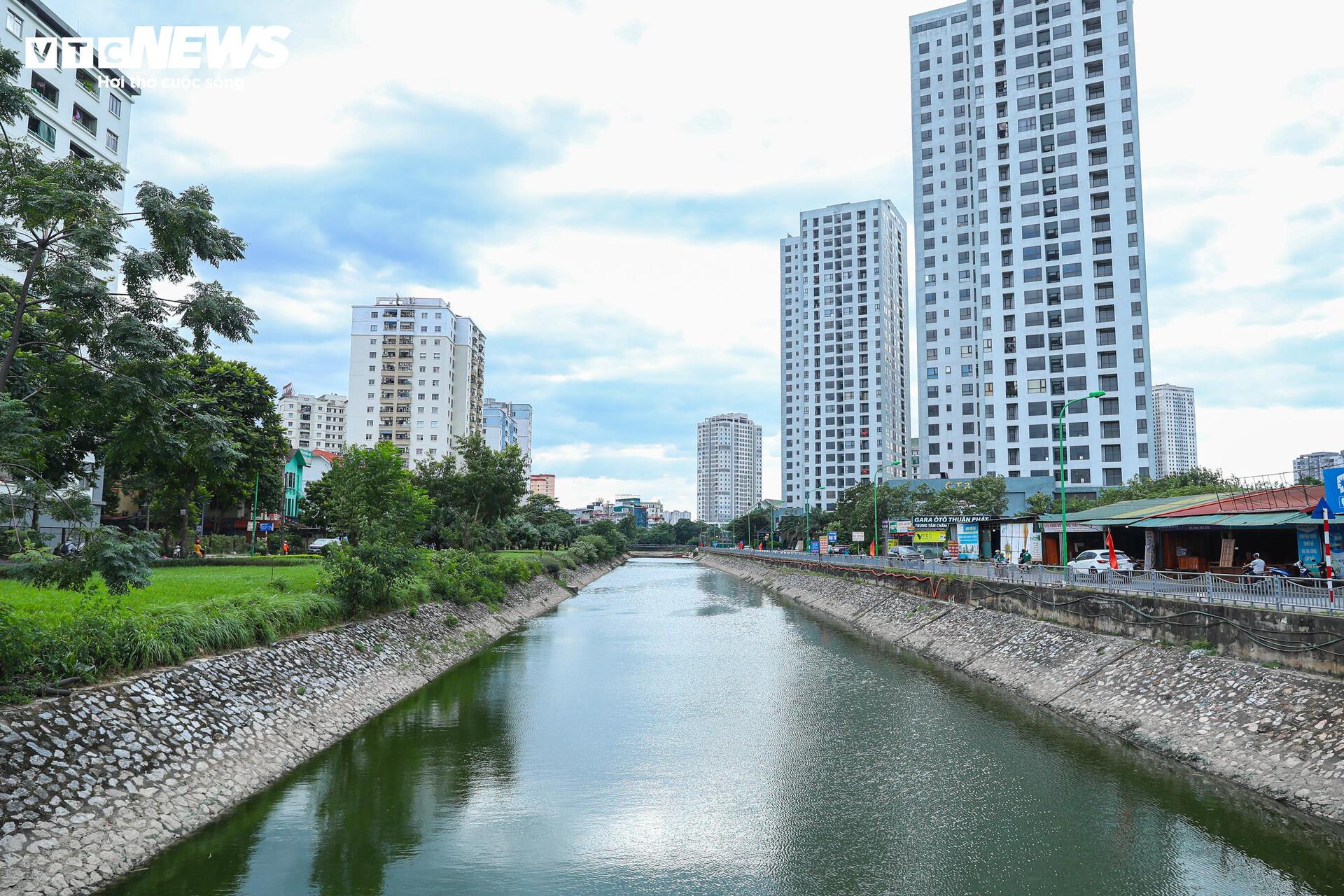
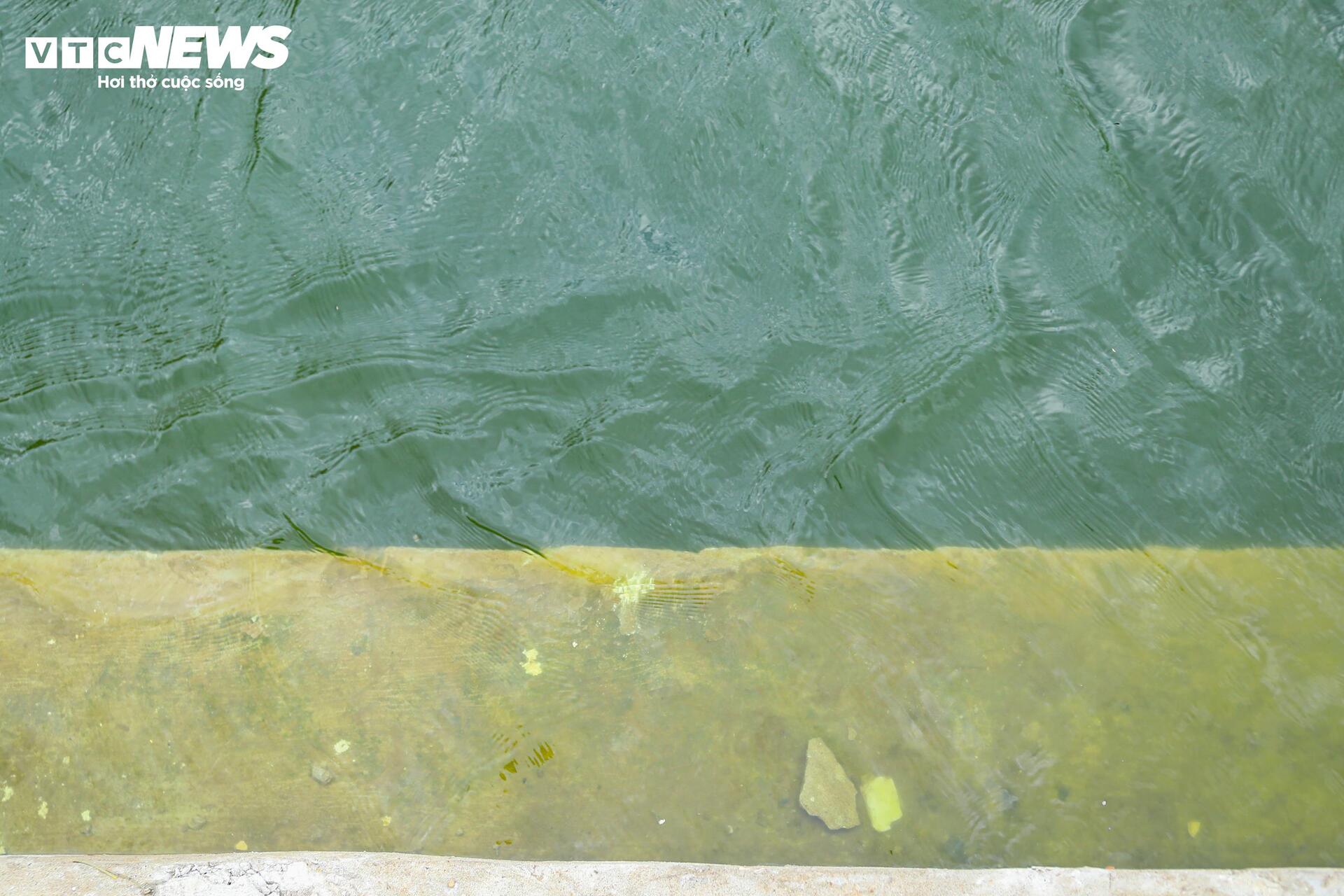
Treated wastewater from the Yen Xa Plant is reintroduced into the To Lich River to “revitalize” it. As a result, many river sections have transformed from black to clear blue water.
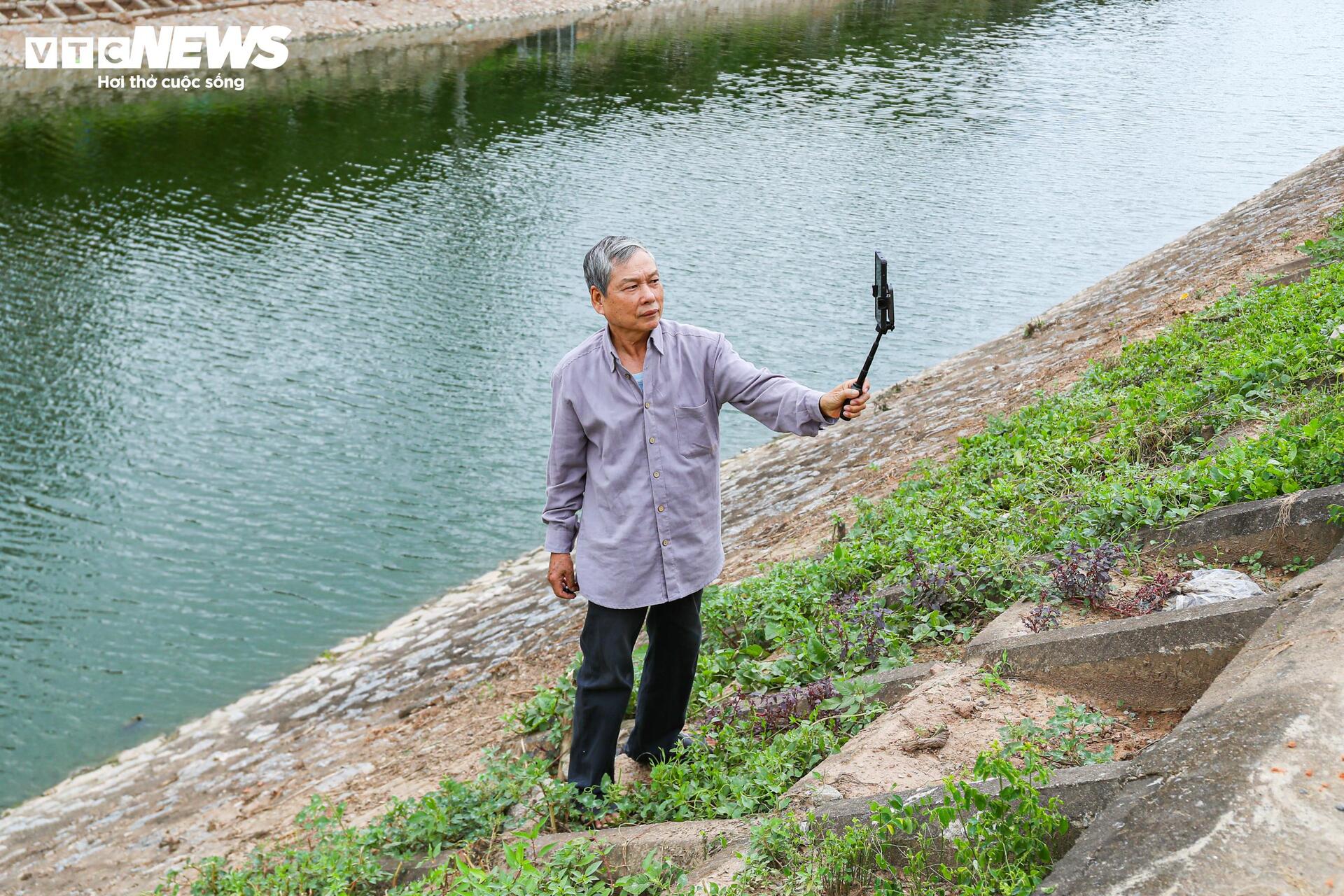
Capturing the clear waters of the To Lich River, Mr. Nguyen Xuan Giap (70, Thanh Liet Ward) shared: “I’ve lived here since childhood, witnessing the river’s three colors. In 1972, it was muddy with silt, then turned black, dubbed the ‘dead river.’ Now, seeing it clear again brings me great joy. I hope this clarity is maintained, bringing fresh air to the capital. The river, once black during tough times, is now transforming as the nation rises. I also hope the city will develop parks along both banks for residents.”
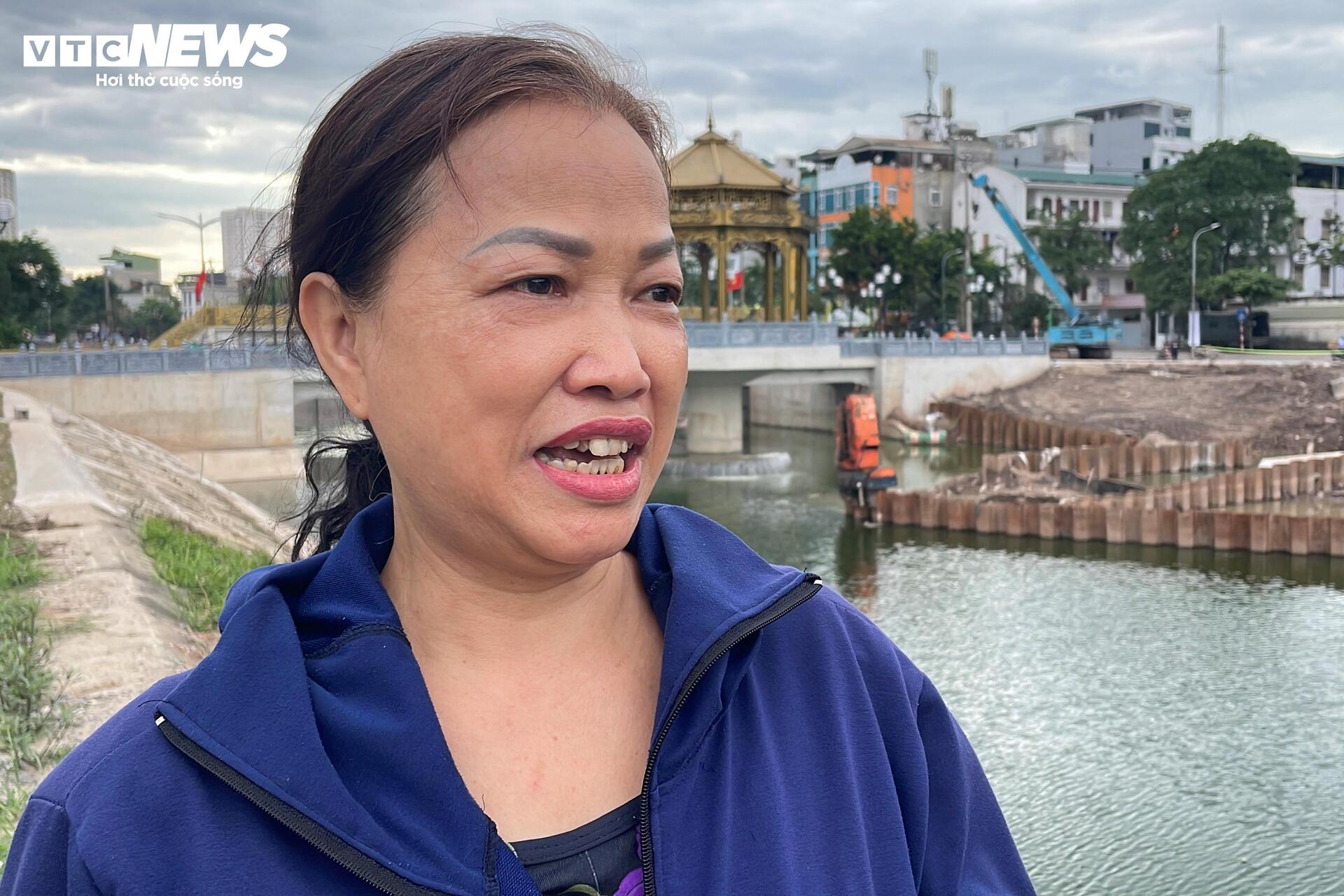
Mrs. Bui Thi Ngoc Loan (64, Thanh Liet Ward) shared: “Previously, the stench was so strong no one dared approach the river. Now the water is clearer, generally better. I hope the To Lich River will fully transform, making life more pleasant.”


The noticeable changes in the To Lich River, along with the sluice gate’s unique architecture, attract many residents and visitors.
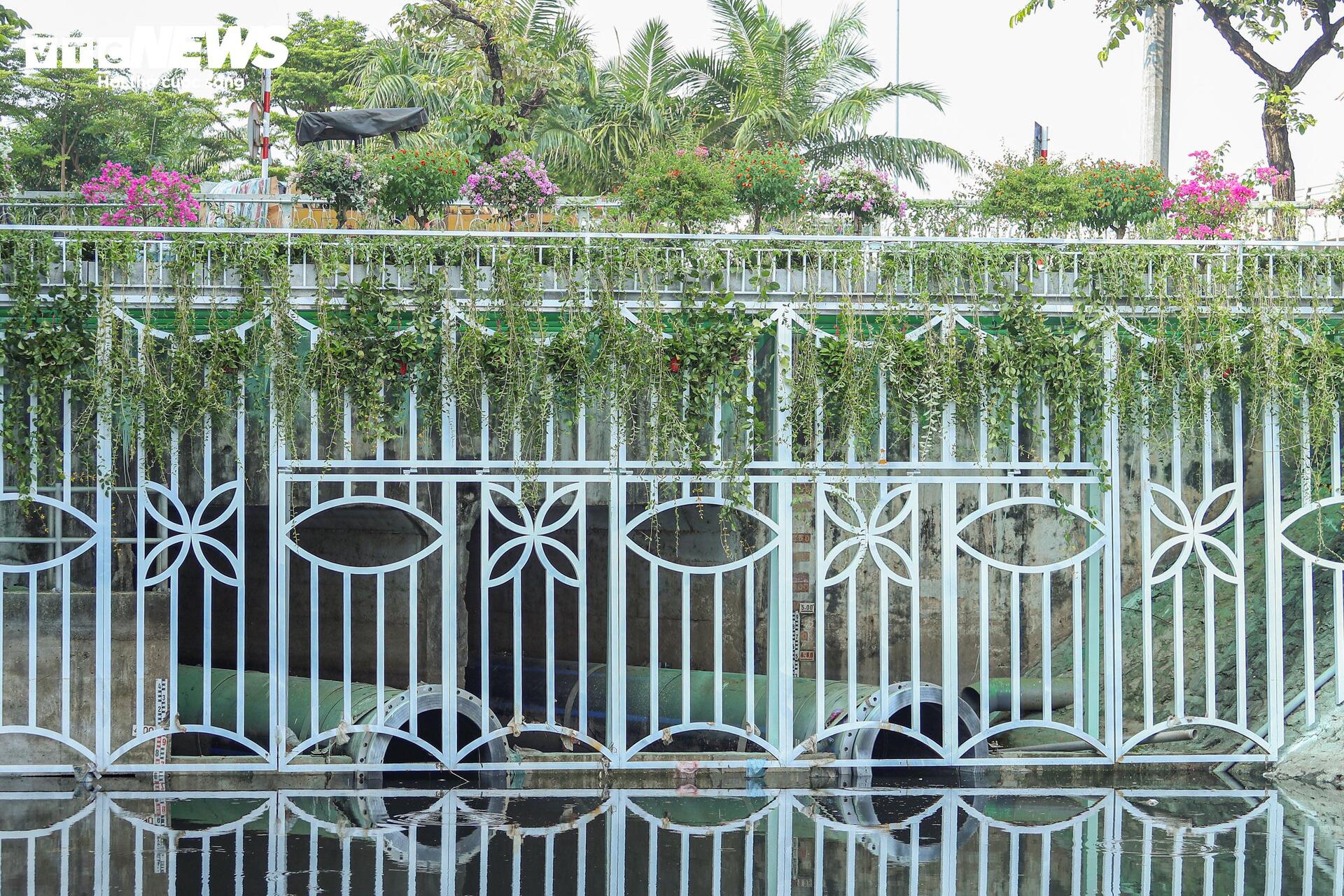
Previously, on September 9, water from West Lake was officially redirected into the To Lich River via a dedicated system of two parallel 1.2 m diameter HDPE pipes. The simultaneous supplementation of water from both West Lake and the Yen Xa Treatment Plant promises to swiftly revitalize the river.
Revitalizing Dead Rivers: A Trillion-Dollar Transformation to Green Waterways and the Rise of Riverfront Projects
After investing over 16,000 billion VND in constructing a massive wastewater treatment plant and an extensive sewage collection system, Hanoi is now allocating hundreds of billions more to build pipelines channeling water from the Red River and West Lake. This ambitious project aims to permanently transform the color and quality of the To Lich River.
The Phan Thiet 2 Industrial Park: A Rising Star in Vietnam’s Economic Landscape
The investors of the Phan Thiet Industrial Park Phase 2 are facing scrutiny for their failure to install an automatic wastewater monitoring station and for operating a treatment system beyond its capacity. This has raised concerns among environmental regulators and stakeholders, triggering calls for an immediate investigation into the matter. With potential environmental implications at stake, all eyes are now on the investors to address these issues and ensure compliance with regulations.

























